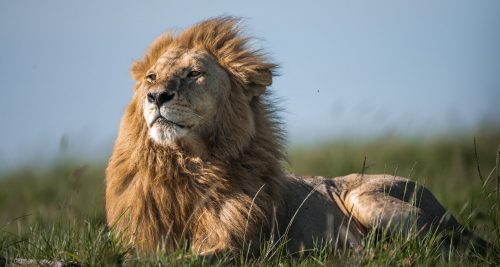
This time of year is known for dramatic afternoon skies and as a photographer, there really is nothing better. Storms roll in from the north creating exceptional backdrops. The vast, open plains truly accentuate these unrivalled skyscapes. While the skies this week have enthralled, rather unusually, they have bought very little rain.
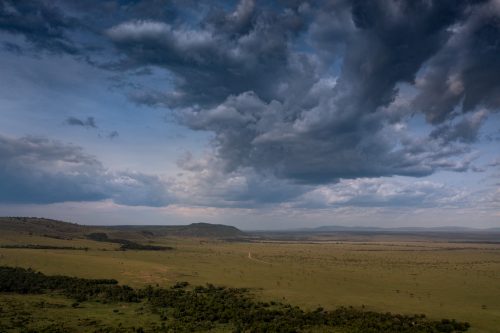
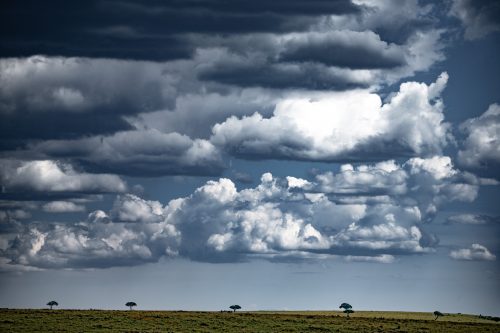

The sun is rising earlier now and by 06h00 it begins to get light. Perfect for those who are wanting to get out into the Triangle and explore the early-morning treasures.

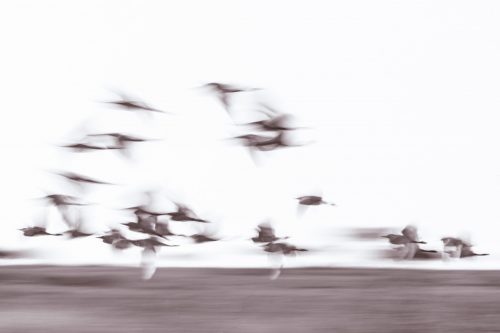
Pride dynamics down in the southwestern portions of the Mara Triangle are keeping us entertained. It appears as though the Sausage Pride takeover is going relatively smoothly and recent sightings suggest that just one of the pride’s youngsters may have been lost by the changing of the guard. However, we are hopeful that this may not even be the case — and that Kinky Tail may be looking out for lineage.
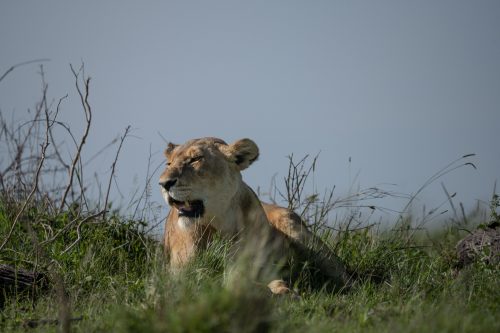
What we know for sure is that the lionesses from the Sausage Tree Pride are now mating regularly with the dominant Lamai Male as well as his Number Two. We are very excited about the possibility of many cubs in this area when the long rains come next year. I’m sure you’d agree that the Lamai Male looks like something straight out of a storybook and is probably the best-looking lion in the Mara Triangle. All of this makes us very grateful to have him around.
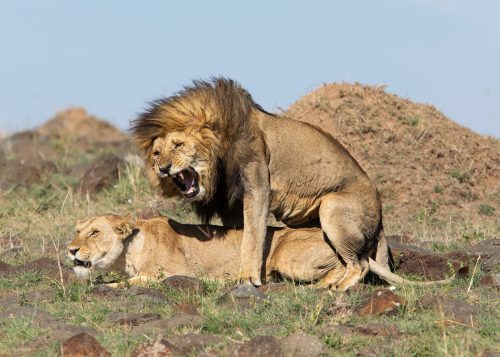

Interestingly, a pride normally based in the northern Serengeti has moved up into the same area, almost sharing a territory with the much-loved Sausage Tree Pride. Our interpretation of this is they have the same two dominant pride males and so they are seeking stability by remaining nearby. This Serengeti Pride have as many as six young sub-adult males and it was only this week that we were afforded a really great view of them.
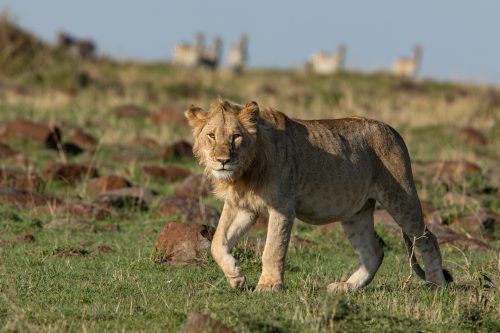
One of the lionesses from the Serengeti Pride has four young cubs and guests staying at Angama Safari Camp over the last few weeks have had some truly memorable interactions with this delightful family. We had one of those moments the other day as we watched in awe as she killed a zebra, and then continued to drag it 200 metres across the open grassland and into the shade of the nearest Balanites tree.
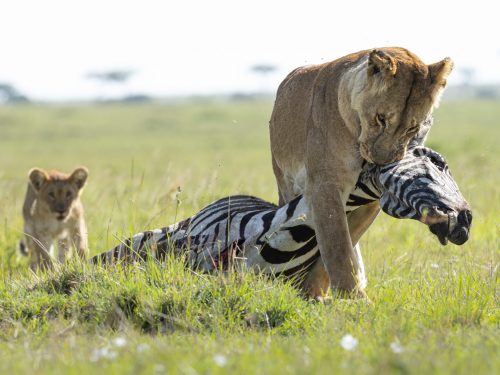
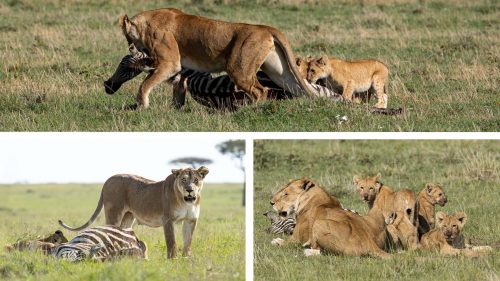
Despite the Migration having nearly completely left the Mara continuing on its ancient natural routing back south into the Serengeti, there are still plenty of zebra around and the predators are making the most of the easy pickings. In just a few weeks, we anticipate this will change and suddenly life for the predators will become significantly more difficult.

One very entertaining sighting from a few days ago involved a flock of over 100 vultures vigorously feasting on the remains of one of these zebra. Out of nowhere, a clan of hyena arrived on the scene. I grabbed my camera and snapped off a few images to illustrate the speed and mayhem of this outrageous sighting. A hyena leapt up into the sky and managed to catch a vulture by its wing. The vulture’s wing was instantly broken, but just as the hyena went to inflict the ‘death-bite’, the vulture pecked it in the eye causing the hyena to rear back and giving the vulture the opportunity to run away. Fascinatingly, the rest of the vultures immediately turned and ran after the injured bird attempting to peck at it, presumably more than happy to eat one of their own. The same hyena, joined by another, were left tugging and feasting on the zebra carcass.
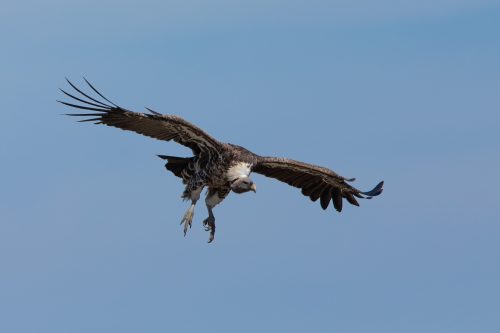
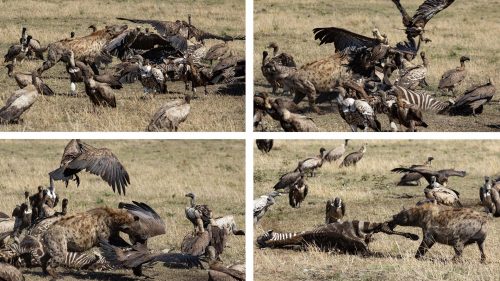
This week we had a very special encounter — one that stood out from the rest and one I will always remember. As we were wrapping up our drive, we heard that a leopard was spotted by Military Drift. We rushed over but by the time we arrived he was almost totally hidden. It was a big male who had taken refuge underneath a fallen tree which provided plenty of shade; the thick branches littered with dead leaves left him perfectly concealed. We only caught a glimpse of him before he hid away, but I was determined to pay him another visit.
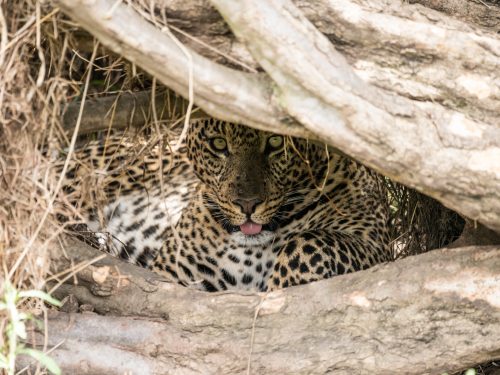
The good news is he had an impala kill in the tree. While there isn’t always a guarantee the kill will be there the next day, it sure would improve my odds of finding him again. At first light the following morning, I set out with the sole objective of finding that leopard. After a long drive through the rocky terrain, I approached the tree with the kill. There he was, right at the base of the tree and out in the open where his sheer size was apparent. He is one of the biggest leopards I’ve seen, with a bold demeanour to match his good looks. Shortly after our encounter, he dashed up the tree to finish his meal and spent some hours lounging on the branches, posing for the occasional photo. Patience doesn’t always pay, but when it does, it pays well.
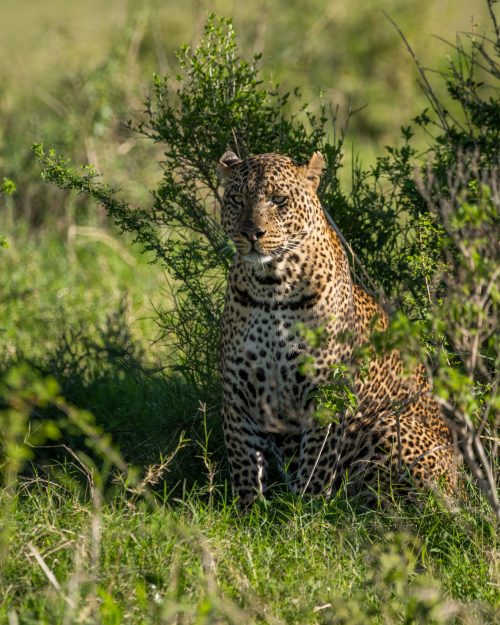
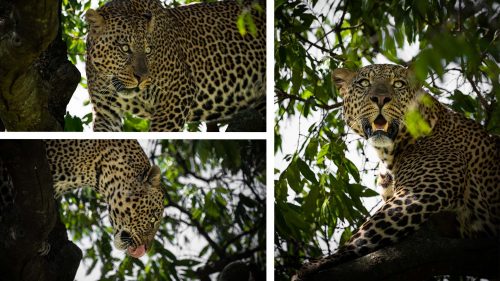
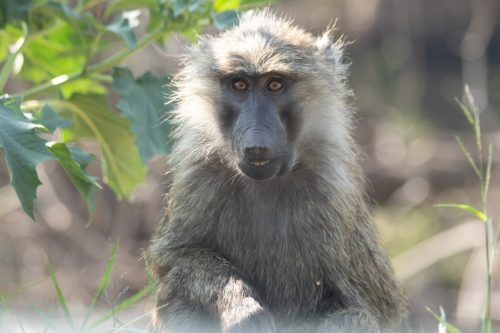

Last year an olive baboon had us in fits of giggles as it thought very hard about life, totally unconcerned by our presence or proximity.
Filed under: This Week at Angama
Subscribe for Weekly Stories
Comments (0):

Tented Suites